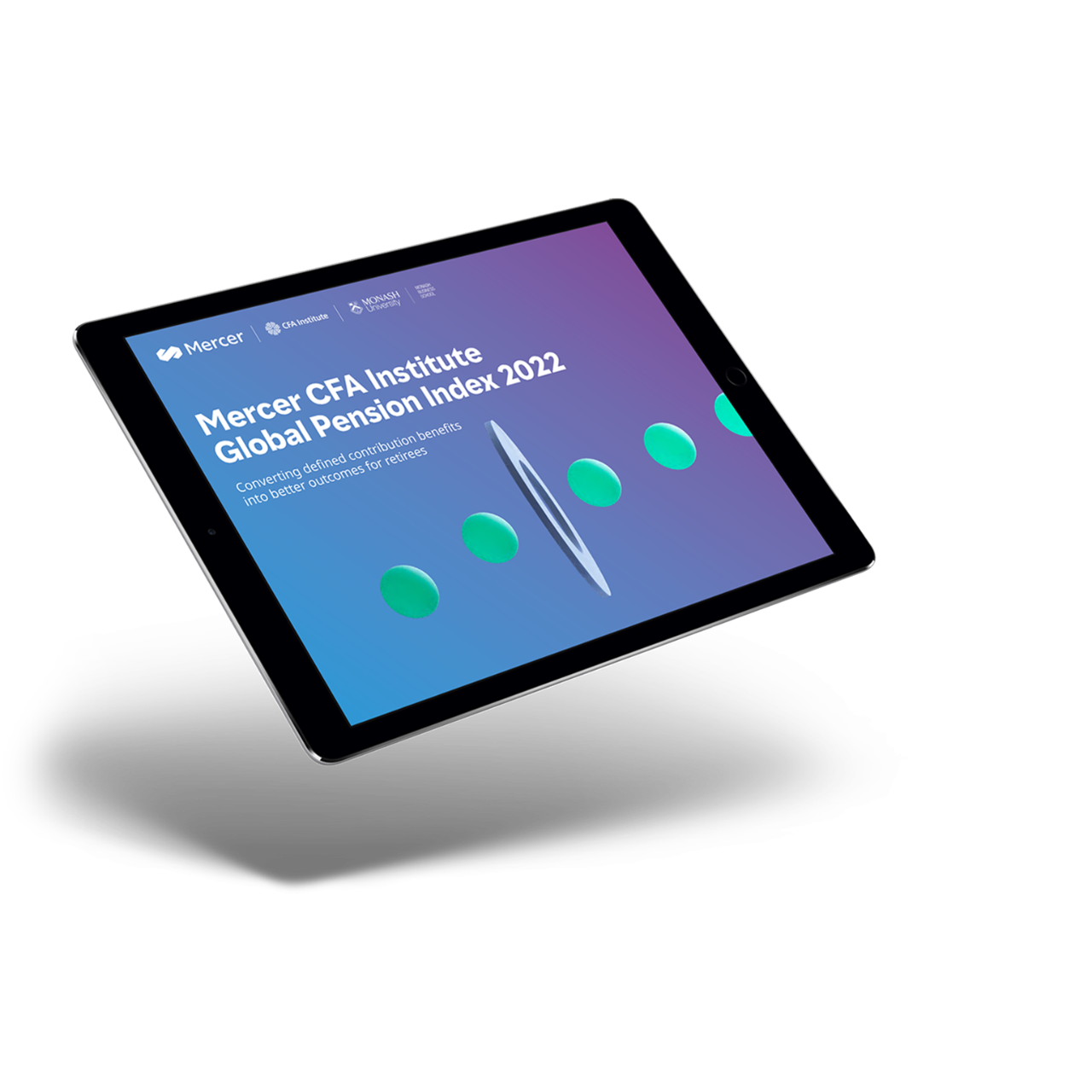Retirement and pensions
Pension solutions to meet the needs of employers and employees
Employers and trustees have an important role to play to ensure that retirement works for everyone. Those with defined benefit (DB) plans face ever-growing risks such as low interest rates, market volatility and longer life spans.
Whilst defined contribution (DC) plans address some of these concerns for employers, the risk is moved over to the employees, who are responsible for saving for their own retirement and exposed to the risk of low return.
We can help you assess your requirements and design and execute an efficient and flexible retirement program – including customized plans, such as hybrid arrangements to suit your workforce.
-
Defined benefit (DB) pension plans
We provide thousands of defined benefit pension plans with valuable insights, trusted advice and practical support at every stage of the journey. Our global scale and extensive resources can help support you in any scenario, while providing customized insight, guidance and support tailored to your plan’s needs. -
Defined contribution (DC) pension plans
We offer DC pension plan and retirement solutions, including master trust and outsourced investment (CIO) services in many countries around the world. We can help you design, plan and manage customized plans or you can implement a fully outsourced solution that aims to benefit the firm and your workforce.
Mercer CFA Institute Global Pension Index 2022
Listen to our podcast to learn more
How you can access the latest investment research and insights
- 1 Strategic research
- 2 Asset manager research
- 3 Investor podcast
- 4 Blogs and articles
Introducing some of our leaders
Leverage our breadth and depth
US $16.2 trillion in global assets under consulting advice1
US $420 billion in global assets under management2
More than 12,400 investment strategies rated3
More than 7,000 asset managers rated4
It's all here: MercerInsight® Community
Contact us
Before you access this page, please read and accept the terms and legal notices below. You’re about to enter a page intended for sophisticated, institutional investors only.
This content is provided for informational purposes only. The information provided does not constitute, and should not be construed as, an offer to sell, or a solicitation of an offer to buy, any securities, or an offer, invitation or solicitation of any specific products or the investment management services of Mercer, or an offer or invitation to enter into any portfolio management mandate with Mercer.
Past performance is not an indication of future performance. If you are not able to accept these terms and conditions, please decline and do not proceed further. We reserve the right to suspend or withdraw access to any page(s) included on this website without notice at any time and Mercer accepts no liability if, for any reason, these pages are unavailable at any time or for any period.
